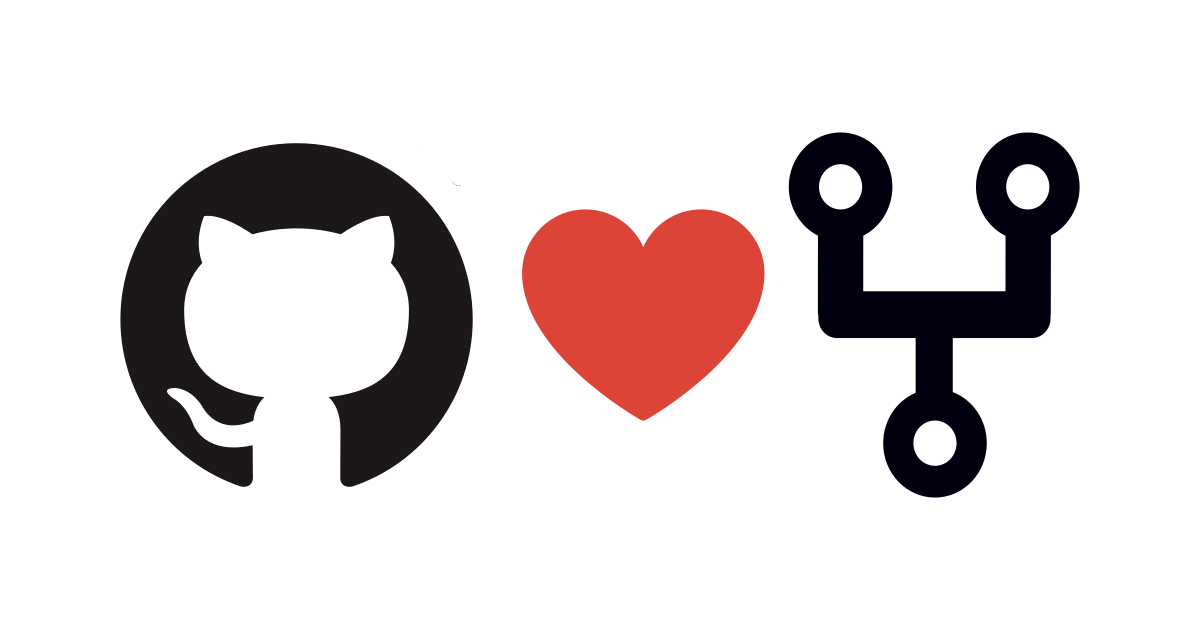Fork an existing repository from GitHub, clone it locally, make some changes, and create a pull request to the original repository.
 Vaibhav Parekh
Vaibhav Parekh
Here's a step-by-step guide to fork an existing GitHub repository, clone it locally, make changes, and create a pull request to the original repository.
Step 1: Fork the Repository
Go to the GitHub page of the repository you want to fork.
Click the Fork button in the upper right corner. This creates a copy of the repository under your GitHub account.
Step 2: Clone the Forked Repository
Open your terminal or command prompt.
Clone your forked repository using the following command (replace
USERNAMEwith your GitHub username andREPOSITORY_NAMEwith the name of the repository):git clone https://github.com/USERNAME/REPOSITORY_NAME.gitChange into the cloned directory:
cd REPOSITORY_NAME
Step 3: Create a New Branch
It's a good practice to create a new branch for your changes:
git checkout -b feature-branch
Step 4: Make Changes
Open a file in your text editor, make some changes, and save the file.
For example, you can edit the
README.mdfile to add a new section or modify existing content.
Step 5: Stage and Commit Your Changes
Stage your changes:
git add README.mdCommit your changes with a meaningful message:
git commit -m "Update README with new information"
Step 6: Push the Changes to Your Fork
Push your changes to the forked repository:
git push origin feature-branch
Step 7: Create a Pull Request
Go to the original repository on GitHub (the one you forked from).
You should see a message indicating that you recently pushed a branch to your fork. Click on the Compare & pull request button.
Fill out the pull request form, providing a title and description for your changes.
Click the Create pull request button.
Summary
You've successfully forked a repository, cloned it locally, made changes, pushed those changes to your fork, and created a pull request to the original repository. If you have any questions or encounter issues, feel free to ask!
Subscribe to my newsletter
Read articles from Vaibhav Parekh directly inside your inbox. Subscribe to the newsletter, and don't miss out.
Written by

Vaibhav Parekh
Vaibhav Parekh
I am a Cloud enthusiast . Delivering continuous learnings through blogs . You have any doubts you can contact me directly don't hesitate . We all have a start and initial days of learning !!